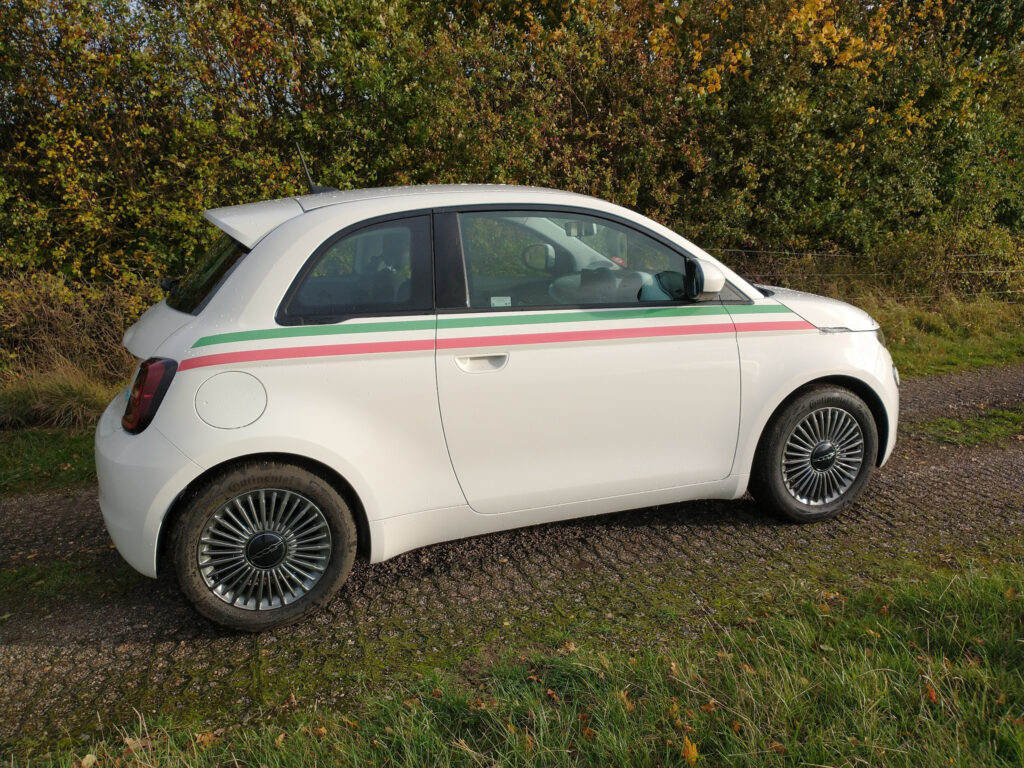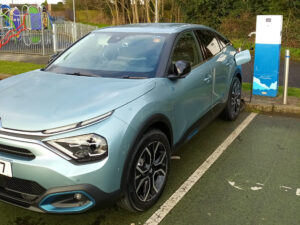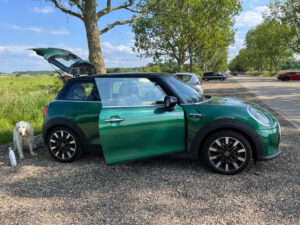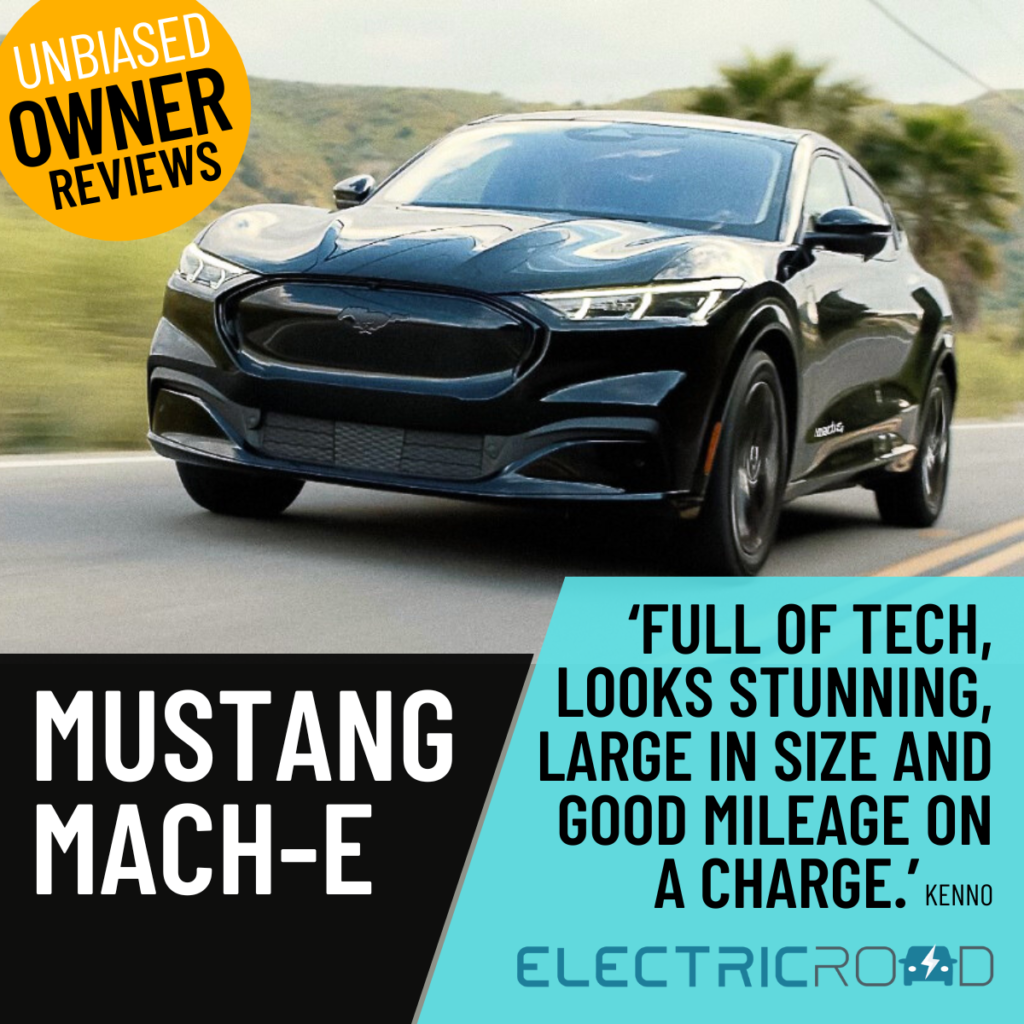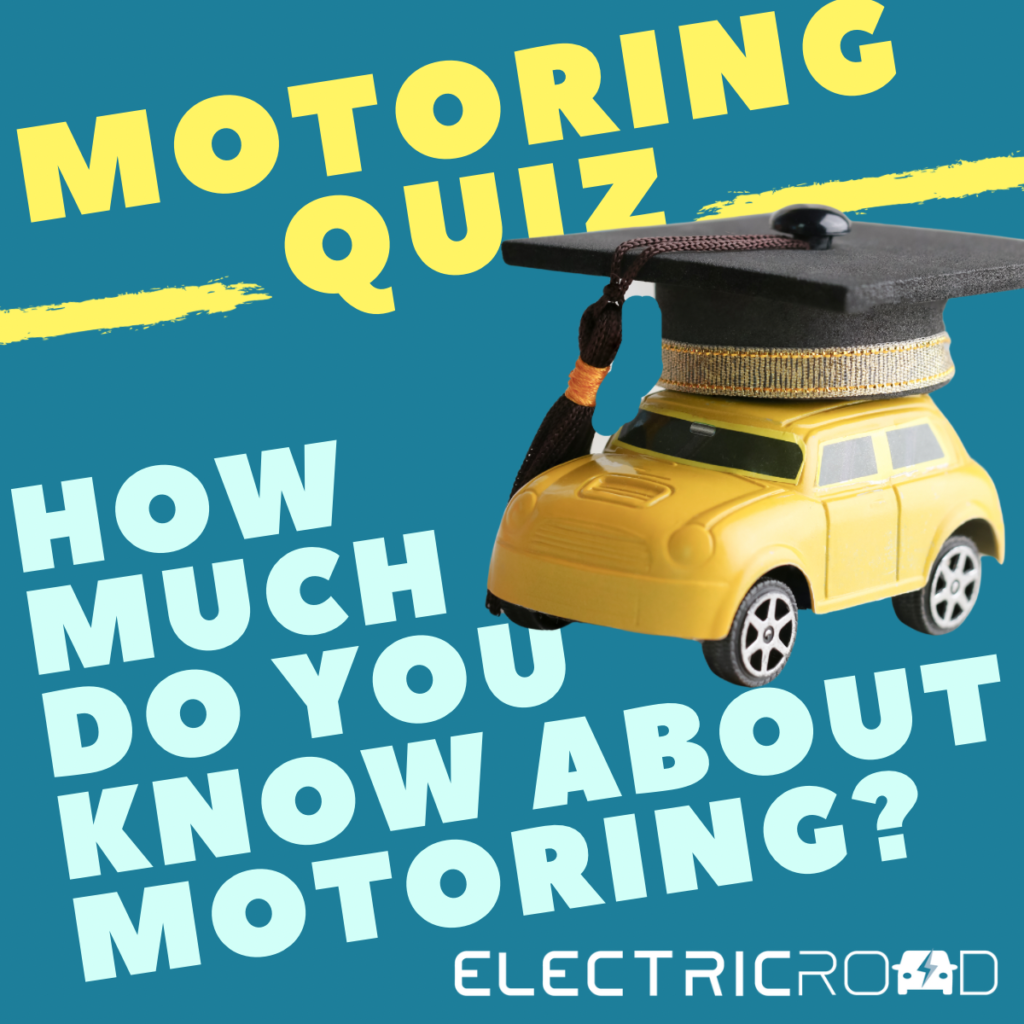George drives an all-electric FIAT 500 Icon 42kWh 2021.
This is George’s second electric car, he’s owned the FIAT 500 from new and drives under 5,000 miles annually. The current mileage of the car is between 5,000-10,000 miles and he achieves 150 miles from a full charge.
Why did you choose the all-electric FIAT 500?
The main reason is because it is the smallest EV available and my wife had a FIAT 500 petrol before and doesn’t want a big car. (most EVs are far too big). The Icon has enough in the way of technology, more than enough actually. The battery is a reasonable size to give a good range, better than the MINI for example, which is also quite a lot larger than the FIAT.
Are you seriously considering your first or next EV? Then visit Electric Road’s CAR FINDER to get the right car for you!
Positives – List 3 or more reasons why you love this electric car
- It looks similar to the ICE models so is appealing visually
- it’s quite small
- it’s pleasant enough to drive
- the Range mode gives a fairly good one-pedal driving experience with adequate regenerative braking.
Negatives – List 3 or more things that you really don’t like about this electric car
- It’s very unsophisticated compared to my BMW i3
- it’s virtually impossible to achieve a smooth stop in Range mode, where the BMW does this easily
- the increments in the cruise control are achieved very harshly, again the BMW does it very smoothly
- the cruise controls are on the opposite side of the steering wheel to the BMW
- the door mirrors don’t fold electrically
- you have to turn off ‘lane assist’ at the start of each journey (you really don’t want lane assist if you have any idea how to drive).
Have you experienced any faults with the car? If so, what have they been?
No
What are the standout technological features of the car?
The different charging settings are useful, particularly to get the best out of charging from solar PV. There are quite a few options within the various menus, not all of them easy to find but overall technically, it is competent enough. Nothing is outstanding though.
Surprise us! Tell us something people wouldn’t readily know about this electric car
You need to spend quite awhile getting to know all the different functions and looking through the various menus. It really does help to read the manual. Some of the controls are on the back of the steering wheel, which can take a little familiarisation and can also mean that something can change unexpectedly if a button on the back of the wheel is pressed by mistake. Of course that shouldn’t happen if you are driving with your hands in the approved ten to two position and yes I know that an awful lot of people don’t.
What electric car(s) are you interested in next and why?
Something capable of towing 3,500kg because I need a tow car with that capacity to replace my current ICE one. The capability to also provide power in whatever form of V2X as it is now called plus being able to plug into 13amp socket(s) on the vehicle. This is going to be the future for sure. Ford and GM seem to be gaining a head start while BMW are still in denial, which is a shame.
I like the BMW iX to drive. It’s very sophisticated but the towing capacity is only 2,500kg and I don’t like the patronising attitude that an owner is too plebeian to be allowed to open the bonnet. I like the look of the Rivian but it is huge, as is the Ford F150. The Bollinger is just plain ugly and basic, no matter how capable it may be. If Land Rover had their wits about them they would come up with something but I am not holding my breath there. All rather disappointing at present.
Home charging unit – outline both positive & negative elements
I have two actually, a Rolec and an EVolt. They are both fine for me. I have one for the FIAT as well, their Wallbox, but that isn’t yet connected.
Electricity supplier & tariff – outline both positive & negative elements
We are a business so we are on a 3-rate business tariff and currently with EDF. We don’t have a smart meter, from choice, as I can easily monitor and control my usage for most of the time with the technology I have connected to the solar PV and battery storage.
EDF and all electricity suppliers are taking the mickey at present with their outrageous charges and making obscene profits so I don’t have anything positive to say about any of them at present. It does strengthen my resolve to be as independent from them as possible but for example, how can they possibly justify increasing the daily standing charge by 250%? It’s daylight robbery.
What public charging networks would you recommend to others and why?
InstaVolt, because they do seem to work, reliably. GRIDSERVE are good too. I tend to use InstaVolt as first choice because with their app I can see where the chargers are and whether or not they are in use. Zap-Map is not so easy and I don’t think the information is as reliable. I rarely use any other public chargers. The Ecotricity Electric Highway was simply abysmal but thankfully it is now part of GRIDSERVE and is being transformed into a usable and reliable network.
Insurer – outline both positive & negative elements
NFU Mutual – simply because they do all our insurance and have competitive rates and a personal service. It’s good to be able to speak to a real person nowadays. There is nothing negative to say.
Please itemise where you’re saving money (or not) owning & running a FIAT 500
I buy our cars which has tax advantages for a business and keep them for as long as possible. VED is currently £0 for both our EVs, though that is due to change. Servicing is cheaper because there is much less that needs servicing on an EV compared to an ICE. Virtually all our charging is done from home from solar PV, so effectively free. I reckon that at most each car would not use more than £100 per year from either public charging or charging from the grid when solar is insufficient. That is saving literally thousands in petrol or diesel alone, conservatively at least £1,000 for each 10,000 miles, actually probably quite a bit more than that.
See other owner reviews here


